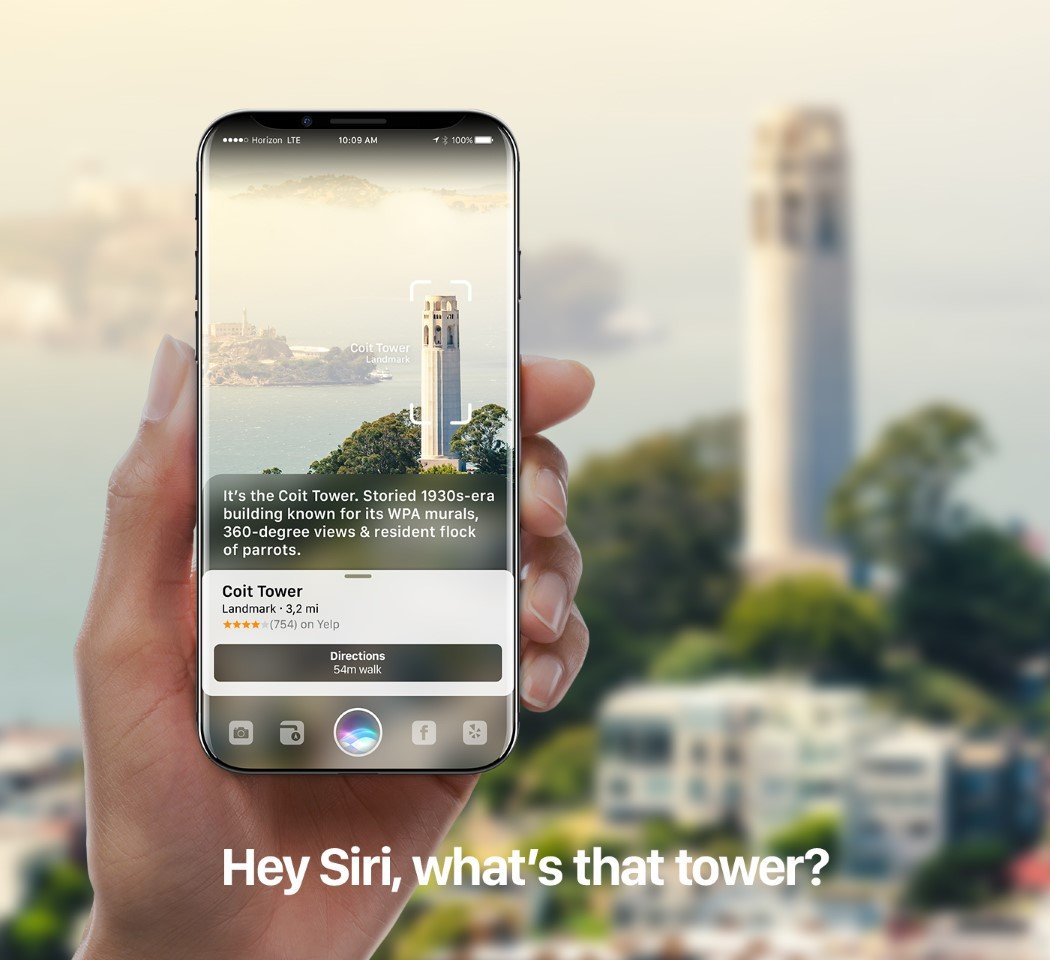
The Apple Store has started to sell out of the iPhone X release day inventory within minutes for select carries. 35 minutes into the iPhone X Pre-order the shipping delay jumped to 4-5 weeks. 90...

Apple has officially announced the all new iPhone X. Adopting an Aerospace-grade 7000-series aluminium frame with glass back, this water and dust resistant smartphone (IP67 rated) boasts a 5.8-inch 2436 x 1125 OLED Super Retina HD display (w/ 3D Touch), a six-core A11 Bionic 64-bit processor with three-core GPU and M11 motion co-processor, and a 64GB/256GB of internal storage.
Not just that, the handset also sports a 7MP front-facing camera with f/2.2 aperture, 1080p video recording and Retina Flash, 12MP wide-angle (f/1.8) and telephoto (f/2.4) cameras with dual optical image stabilization, optical zoom, six-element lens, 4K video recording at 60fps, Slo-mo 1080p at 240fps and Quad-LED True Tone Flash, a TrueDepth camera for FaceID facial recognition, built-in stereo speakers and a built-in rechargeable lithium-ion battery with Qi wireless charging.
Running on iOS 11, the iPhone X provides 4G VoLTE, WiFi 802.11ac with MIMO, Bluetooth 5.0, NFC with reader mode and GPS with GLONASS for connectivity. The Apple iPhone X will be available for pre-order from October 27th for a starting price of $999 for the 64GB model. [Product Page]
The post Apple iPhone X Officially Announced appeared first on TechFresh, Consumer Electronics Guide.
No product has captured the heart of an industrial designer quite like the iPhone. Arguably one of the most talked about products of our lifetimes, the phone completed 10 years today and the anniversary edition (named the iPhone X) may not just set a standard for the future of technology, but pretty much determines the future of industrial design too.
The iPhone X’s physical design is more and more adopting Dieter Rams’ good design principle of Less is More, giving larger emphasis to virtual than physical. The evolution of the phone increasingly shows a stagnation or rather a standardization of its physical design as the Industrial Design team led by Jonathan Ive get left with little to nothing to do on the phone’s design front, while most of the laudable features of the phone, like the Face ID, the Augmented Reality capabilities, Animated Emoji, or the camera’s Portrait Mode involve R&D, software, and hardware engineering teams, rather than classical industrial designers. It becomes challenging to create something that looks groundbreakingly new when the new technological requirements end up influencing most of the design decisions. What we get left with is a phone that waved goodbye to the 3.5mm headphone jack last year and the Home Button this year… and said hello to a glass back (for wireless charging) and a new color variant to stop people from confusing it with the iPhone 6 and 7 (and even 8).
The iPhone X marks a shift in the vision of an Industrial Designer as products in the consumer electronics department (the smartphone department in particular) move towards creating a larger playground for not design details but features and strategies (it also doesn’t help that phones grow increasingly thinner each subsequent year). A phone designer’s skill set and required tool set goes beyond the traditional sketching and alcohol marker renders. It now involves recognizing the needs of a consumer, which now have become so diverse that Industrial Design cannot solve it alone, and that the screen now stands at the heart of (and occupies 90% of the front of) a phone. The screen shifts between apps and interfaces, allowing the phone to be a shopping portal, a social network, a photo and video recording and viewing tool (a marvelous one), etc… pretty much going to show that industrial design needs to intermingle with hardware design, interaction design, and human-centered design, and industrial designers need to do the same. The video above shows Jonathan Ive talking less about the actual design of the phone and more about its features… in a way mirroring the future of Industrial Design, that now requires embracing different disciplines and skill sets.
It’s therefore a senseless endeavor to look at the iPhone X from a purely industrial design point of view. That view is too narrow and limiting. To truly appreciate the iPhone X (and understand the future of industrial design), one needs to widen one’s approach, and appreciate it not as a marvel of design, but of hardware and software technology, R&D, strategy, and a whole bunch of approaches and decisions that marry themselves with design that’s as little design as possible…
So yes, the iPhone looks pretty much the same as last year’s phone, which in turn looks a lot like the phone from 2 years back; and yes, buttons and ports, details that we industrial designers pretty much live for, will continue disappearing, because the future of Industrial Design is much more than just Industrial Design.
Designer: Apple
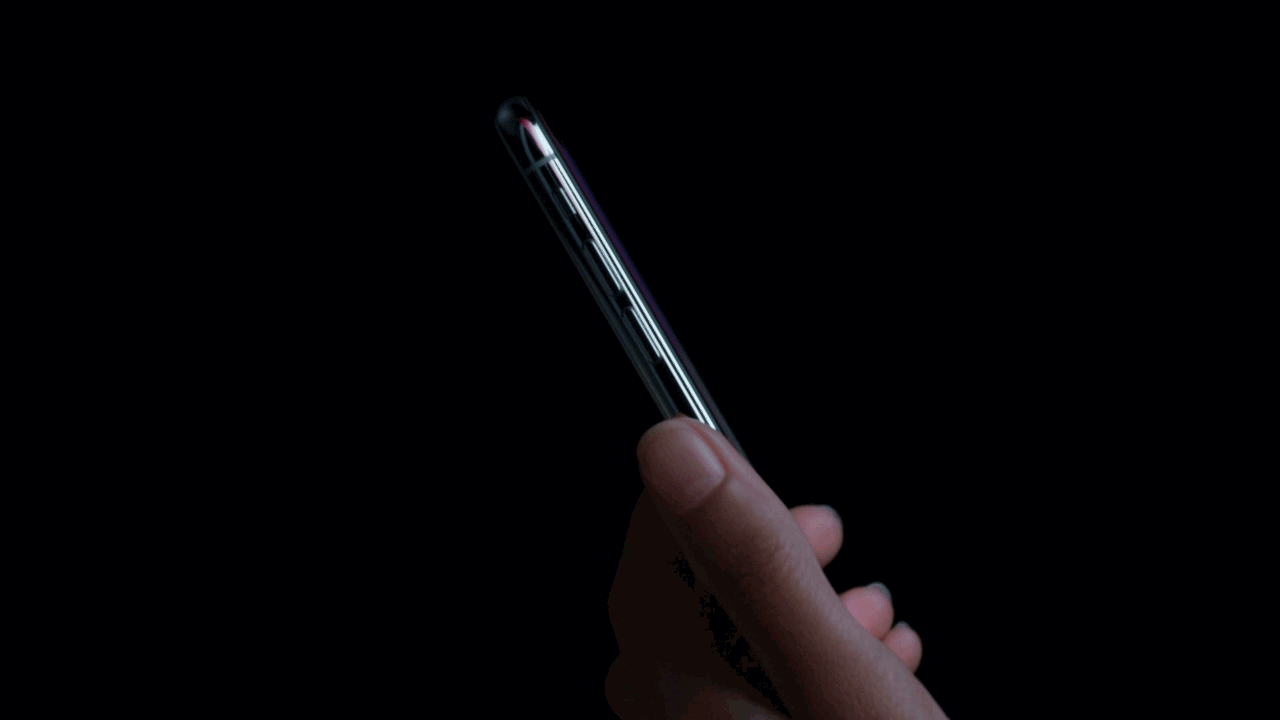
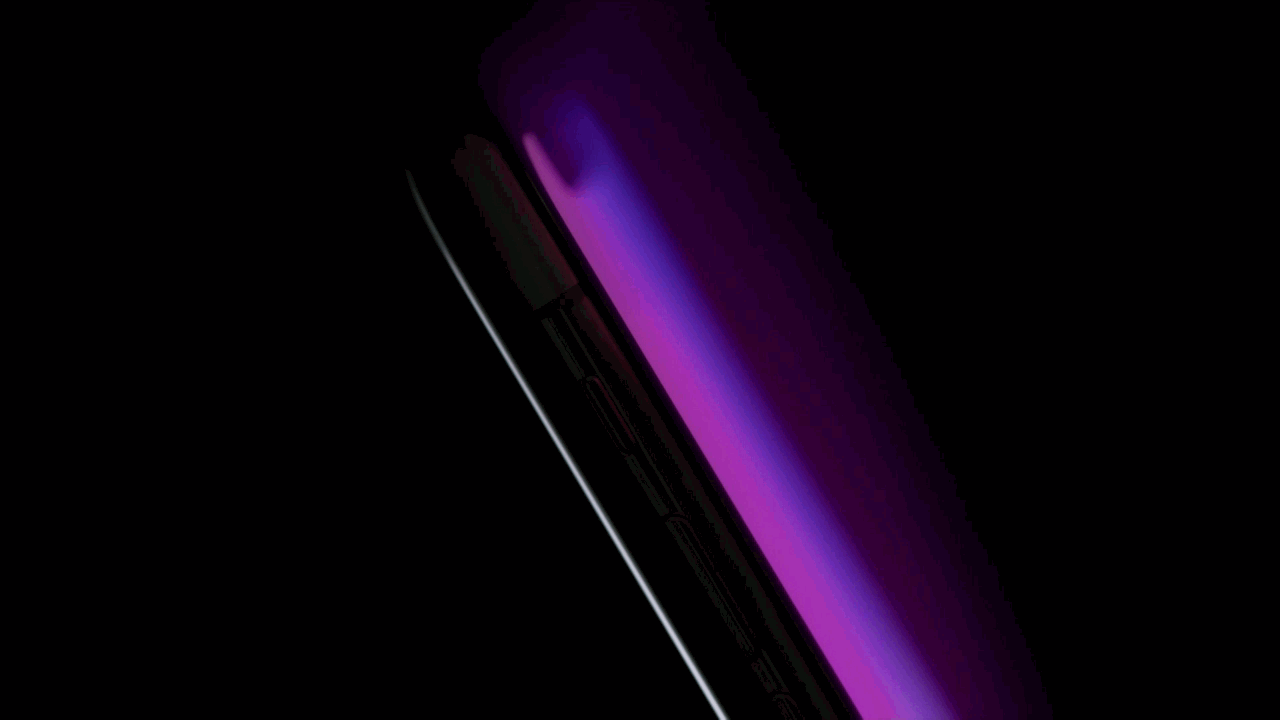
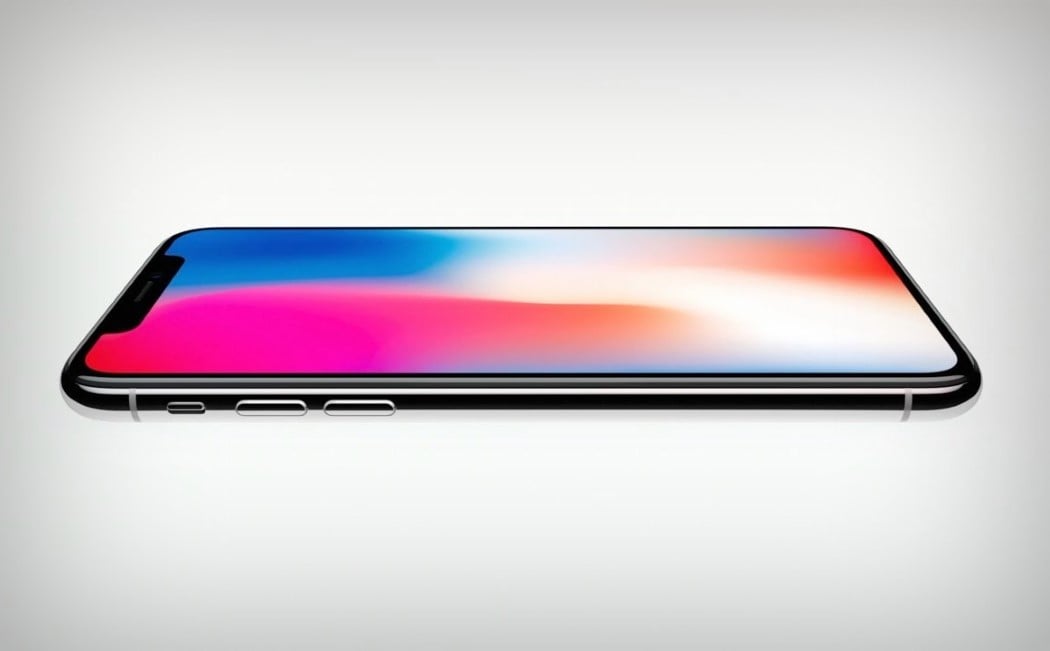
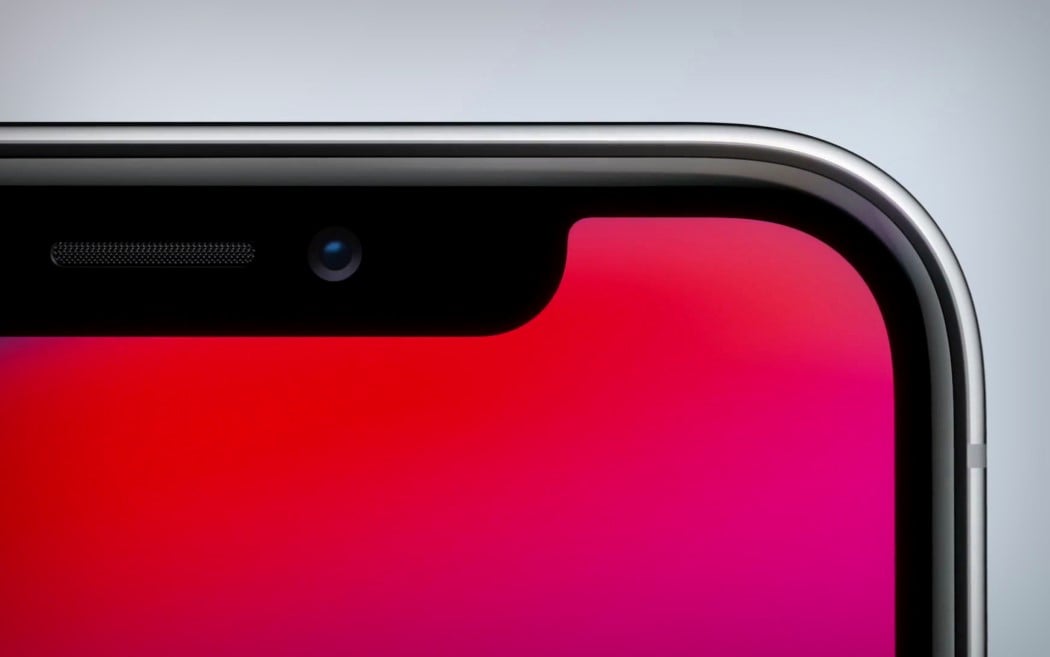
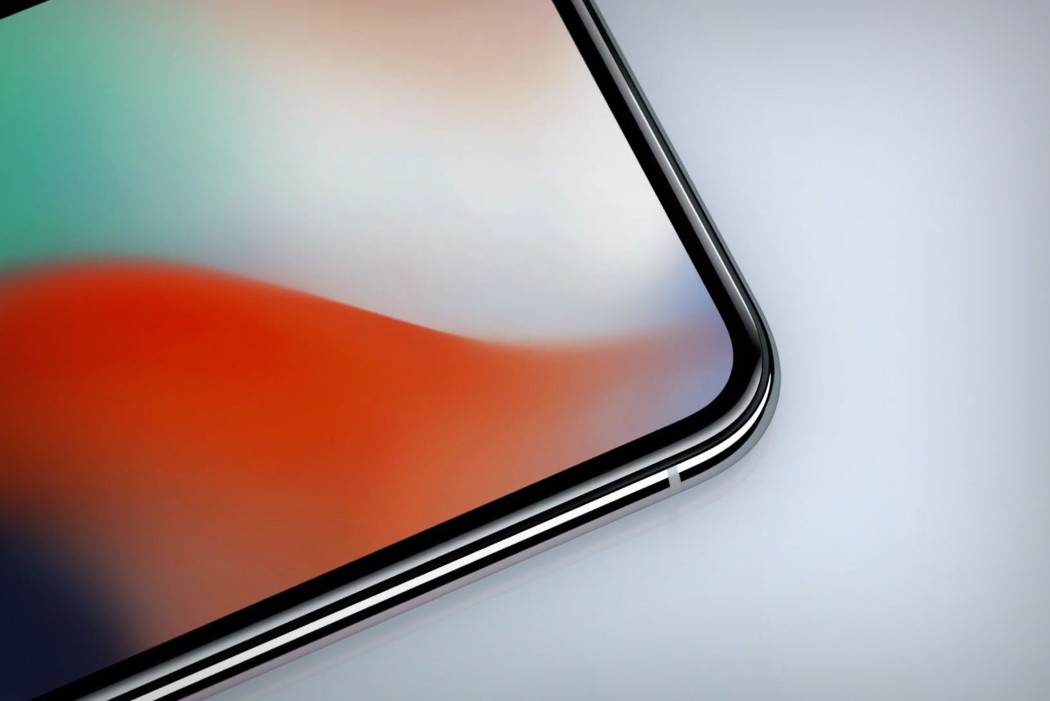
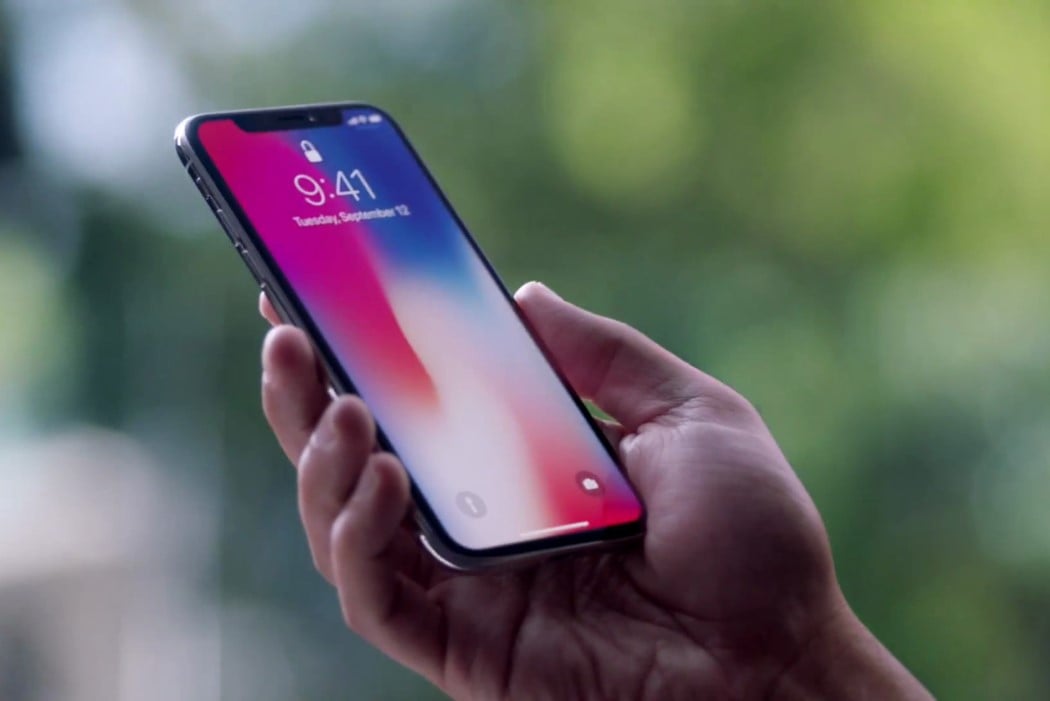
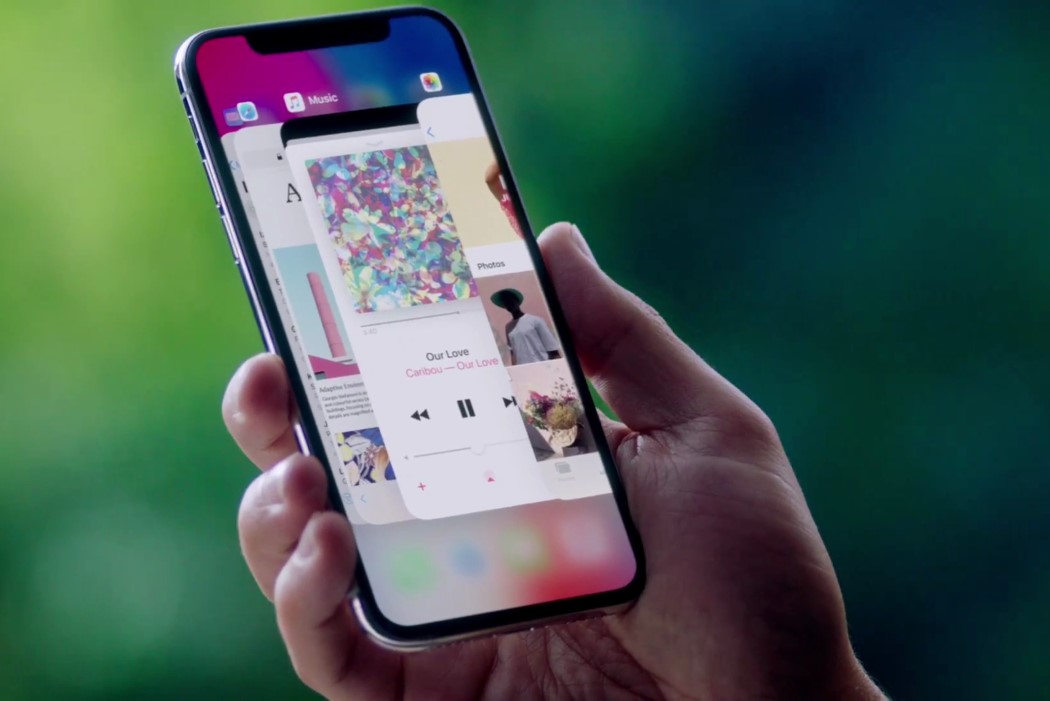
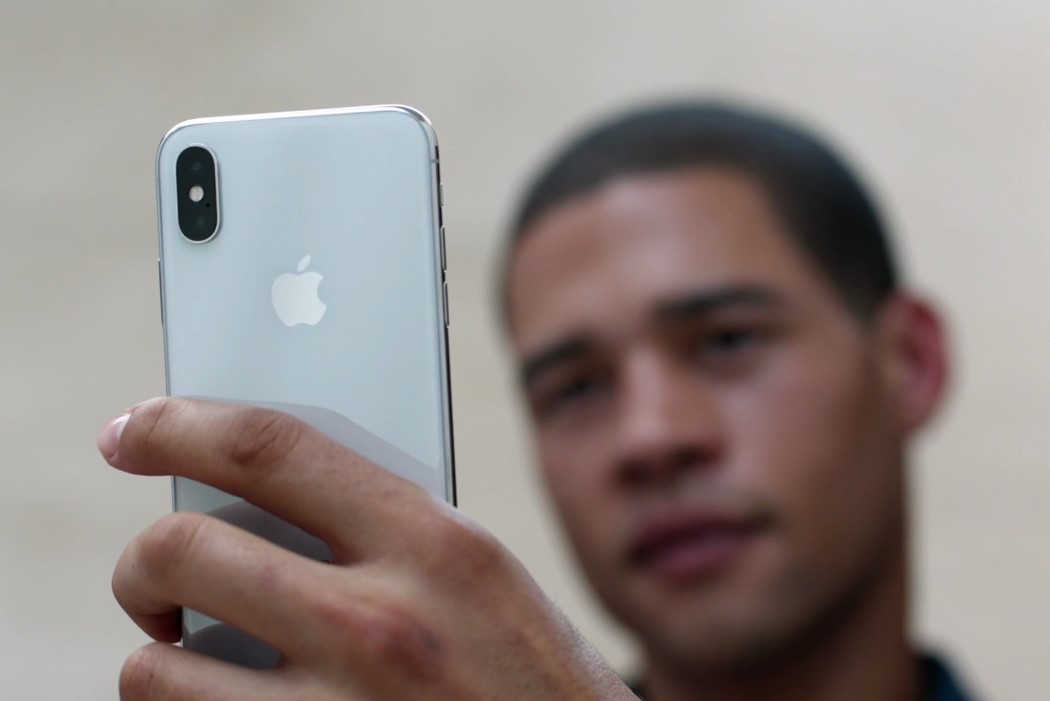
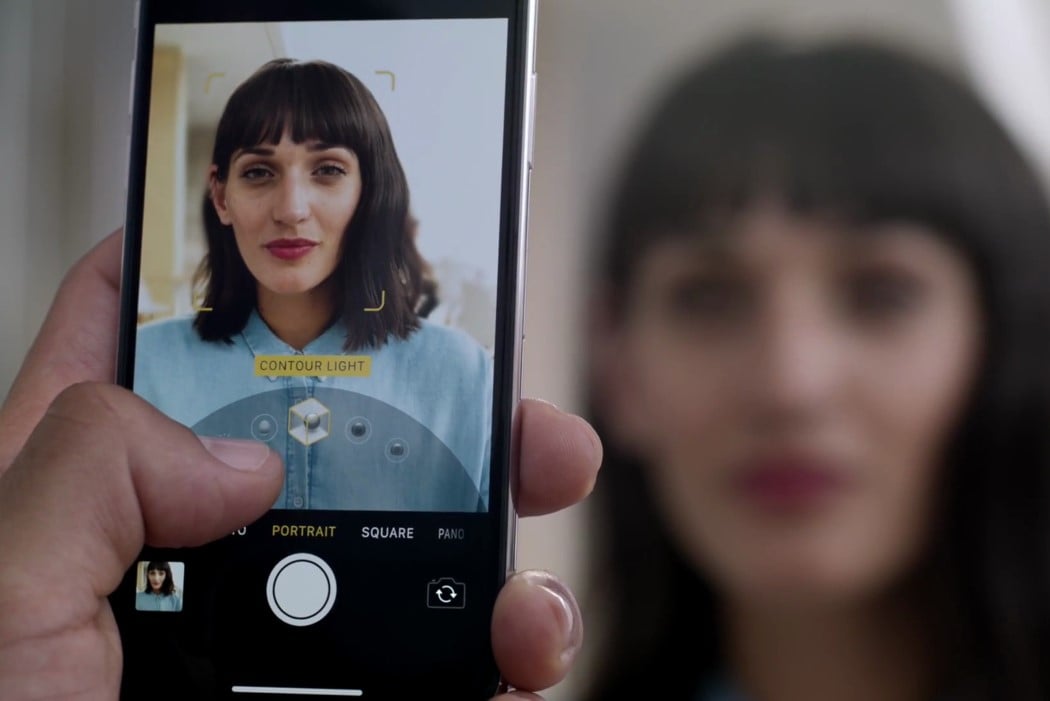


Screens that take up most of the front panel seems to be the trend this year. With the Samsung Galaxy S8 and LG G6 sporting near borderless displays, it is only natural for the Cupertino Company to follow suit.
iPhone 7 and 7 Plus did not have any path-breaking features that new iterations of iPhones usually have. Apple is definitely feeling the heat and that might be the reason why they brought out the red variant of iPhone 7, dubbed Product RED. But Apple is going all out to bring out the most innovative iPhone yet. There has been a lot of rumors surrounding the iPhones to be launched this year, starting from their names to all the possible features that they can have. Apple is supposedly coming out with not two, but three iPhones this fall.
Image via: Martin Hajek
This rumor has been doing the rounds for quite some time now. Like always, there’ll be the iPhone 7S and 7S Plus (or 8 and 8 Plus). But another model is also expected to arrive along with these two models and that is the anniversary edition, which may be the iPhone X. For starters, the iPhone Anniversary Edition might just be the best iPhone ever. A lot of features are in the pipeline, but it is not yet clear as to whether which of these will actually be present on the phone.
Let’s take a look at some of these alleged features of the iPhone Anniversary Edition as well as the duo of iPhone 8 and 8 Plus. Apple has already made an order of 70 million OLED panels for the new iPhones. And guess who is making them? Samsung of course! Samsung is also preparing to bring out 95 million OLED panels if the demand increases.
Apart from the conventional 4.7-inch and 5.5-inch variants, the iPhone Anniversary Edition will sport a 5.2-inch display. The stand-out feature will be the absence of the physical home button. Similar to the MacBook Pro, the new iPhone might have a touch-bar like component below the screen. This will also implement the fingerprint Touch ID. How are they going to implement a fingerprint scanner on a screen? We’ll have to wait for that.
The next standout feature will be the presence of a vertical dual-camera setup as well as a dual front facing cameras. The whole body of the iPhone will probably be made out of glass and they will use True Tone displays. Even though all of these are just rumors, there is substantial evidence pointing to the existence of them. This fall might see the launch of three new iPhones, the iPhone 7S (or iPhone 8), iPhone 7S Plus (or iPhone 8 Plus) and the iPhone X (iPhone Anniversary Edition). The iPhone X might take some time to get into retail stores due to lack of availability of materials and it’ll definitely be priced over $1,000.
Source: Bloomberg
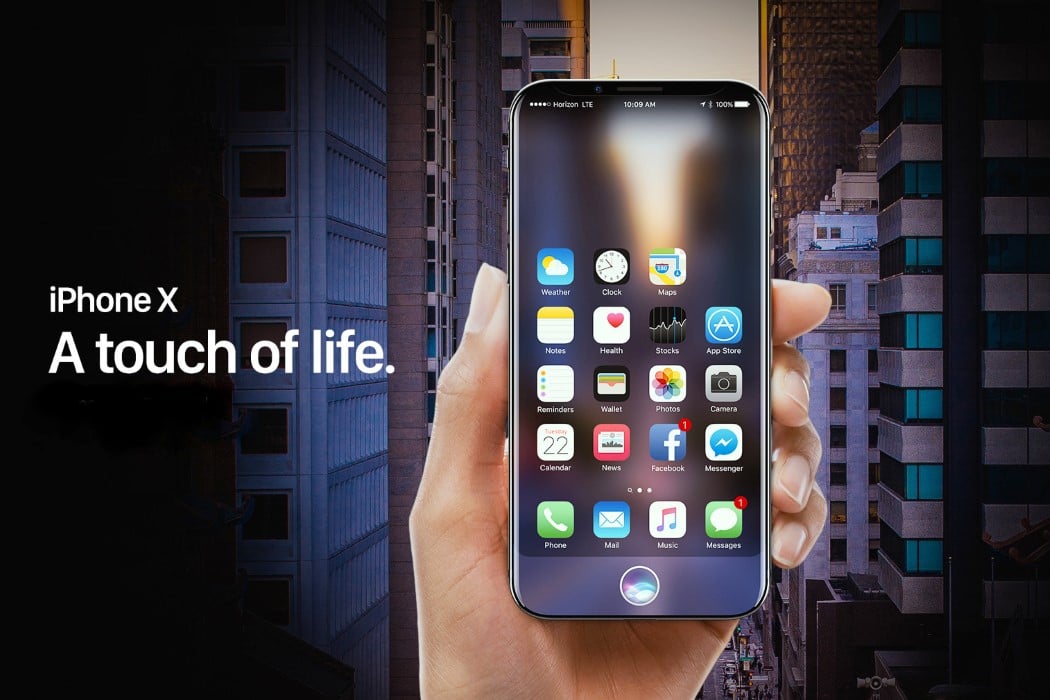
Apple can’t remain a secretive company anymore. Rumors just leak out, giving not just the competition, but also imaginative designers an idea of what the new phone may look like. This results in the countless concept iPhone, iCar designs we’ve seen over the past few years.
As a designer, one walks a tightrope. Trying to be creative/imaginative, yet accurately predictive is quite the challenge, and the iPhone X concept honestly feels like the most natural progression! Named X in order to commemorate a decade since the very first iPhone launch, the X looks a lot like what the rumors speculate. The phone’s size doesn’t change, but the screen pushes itself to occupy more estate on the phone’s body. Much like the Xiaomi Mi Mix (designed by Philippe Starck), the iPhone X’s front virtually has no bezel. The screen covers almost the entire front, even absorbing the home button, like most reports suggest. It however follows an curved path at the top, leaving just enough space for the earpiece and front facing camera + sensor. With the aesthetic/UI upgrade, designer Gábor Balogh even reimagines Siri to be a whole lot more powerful, being able to pull off some serious analytical tasks. The cherry on the cake (or apple pie?) is the back of the phone, which pays tribute to the macbook with a light-up Apple logo. 10 out of 10 would buy this concept phone if were a reality!
Designer: Gábor Balogh
